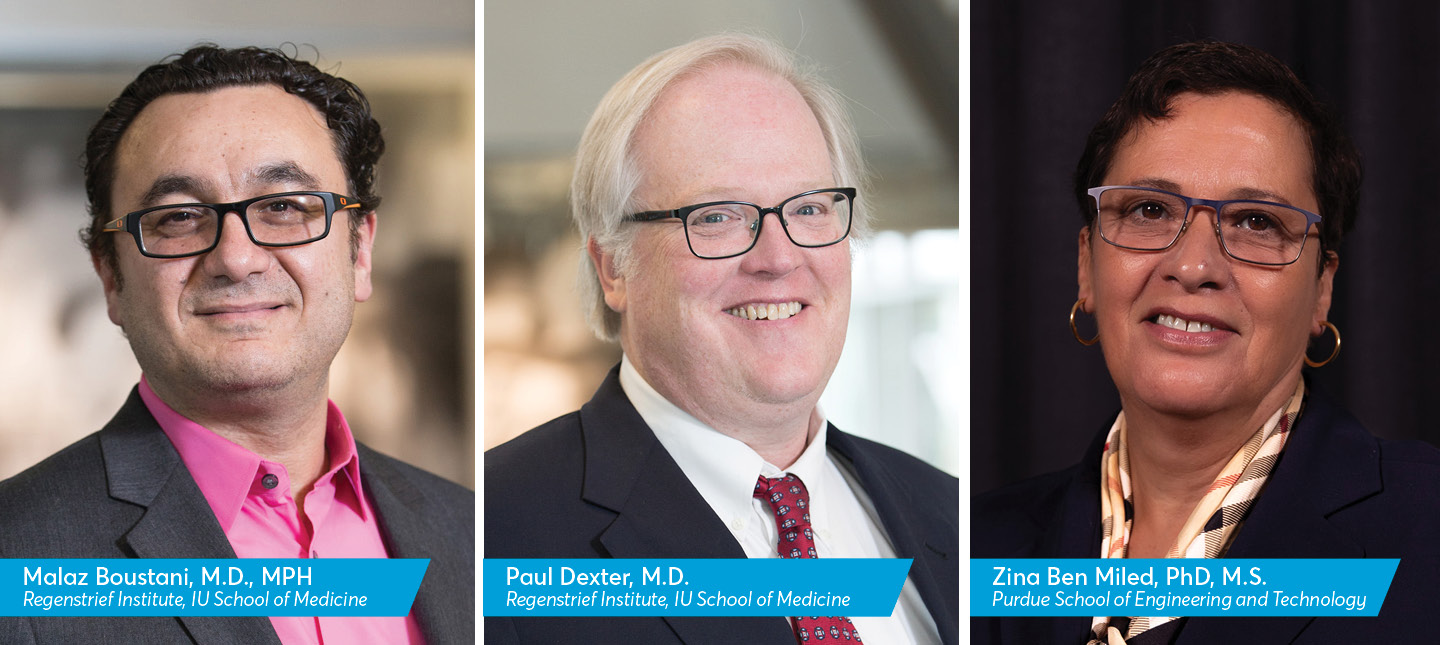Having a family member in a nursing home can be an incredibly stressful experience. Families of older adults in nursing homes may not always be aware of options for care, and these options may not always be well understood by the patients themselves.
One in four Americans die in a nursing home. Hospice use in nursing homes and assisted living facilities has grown rapidly, with the percentage of Medicare decedents using hospice doubling between 2000 and 2012. The objective of this project is to describe differences in hospice patients across settings, including the overall number and duration of visits by hospice professionals across varying lengths of stay.
The specific aims of the project are to:
- Provide a modern description of the specific hospice services received by nursing home patients, including the overall number and duration of visits by individual hospice professionals and volunteers;
- Compare the volume of services received by hospice patients living in a nursing home versus those at home and correlate services with patient outcomes; and
- Examine the characteristics of nursing home patients who received non-hospice palliative care consults and the content of recommendations provided by consultants, including eventual referral to hospice.
ADDITIONAL UPDATES
This project had a poster presentation at Beeson Annual Meeting in 2015. The Beeson Annual Meeting is held for leaders in academic medicine and aging research to review research progress of Beeson Scholars, encourage dissemination of their findings, and enhance development of scholarship and leadership. Coming soon:
- First publication currently under review with Health Affairs
- Poster presentation planned for the American Geriatrics Society (AGS) annual meeting 2016









